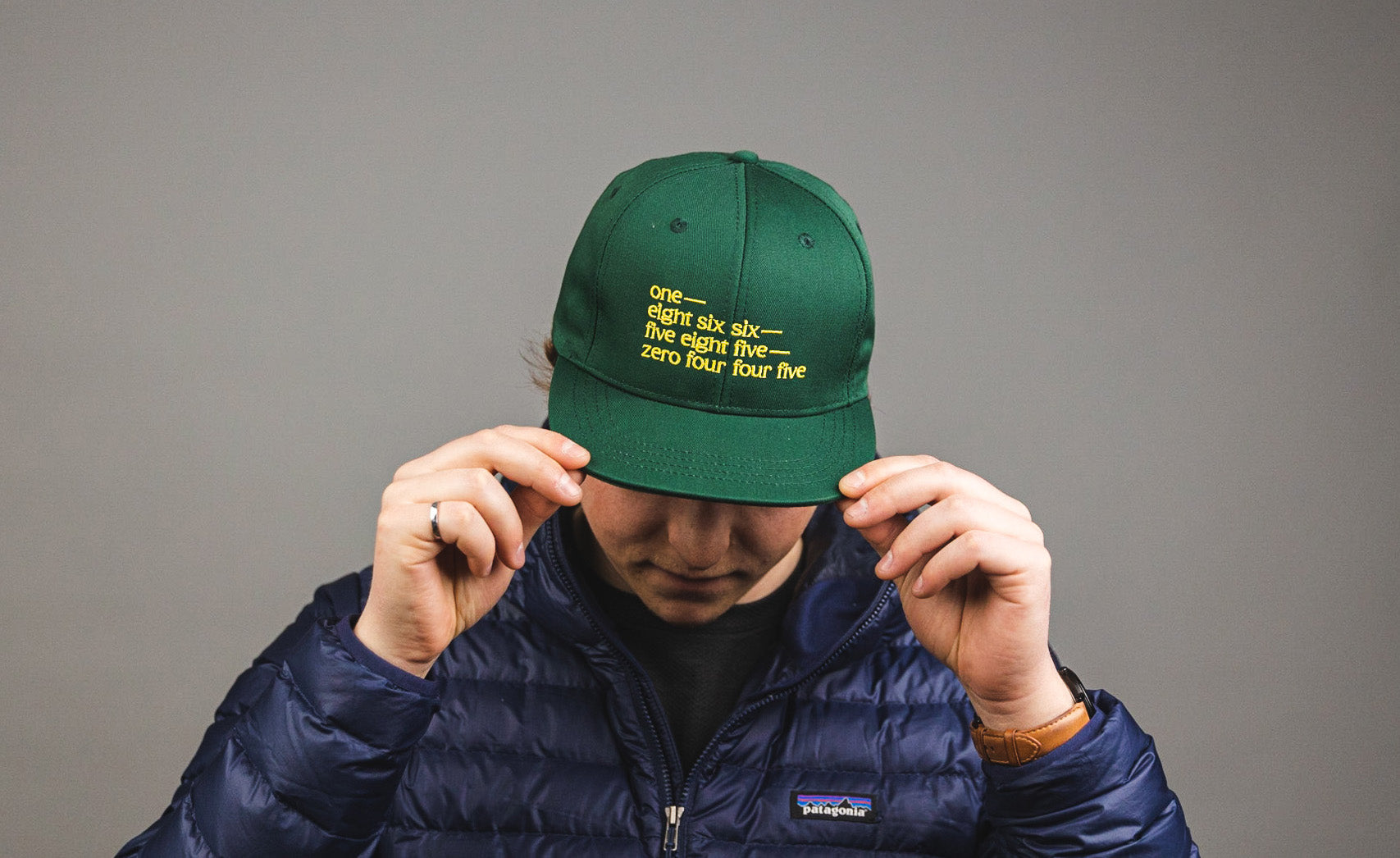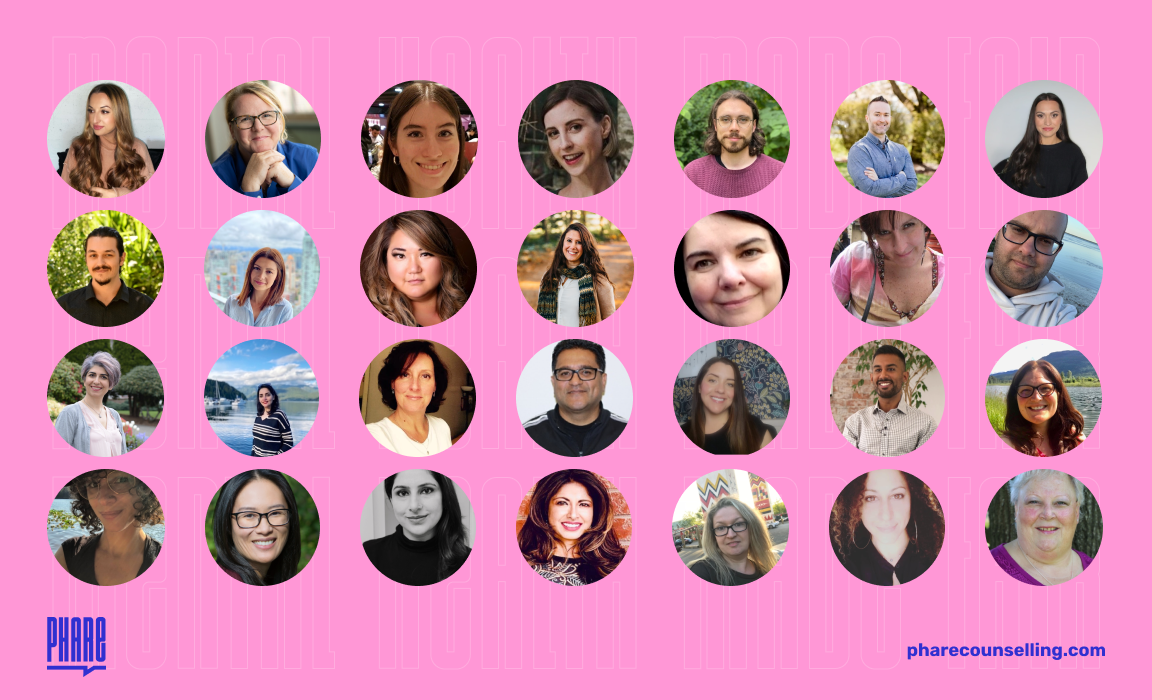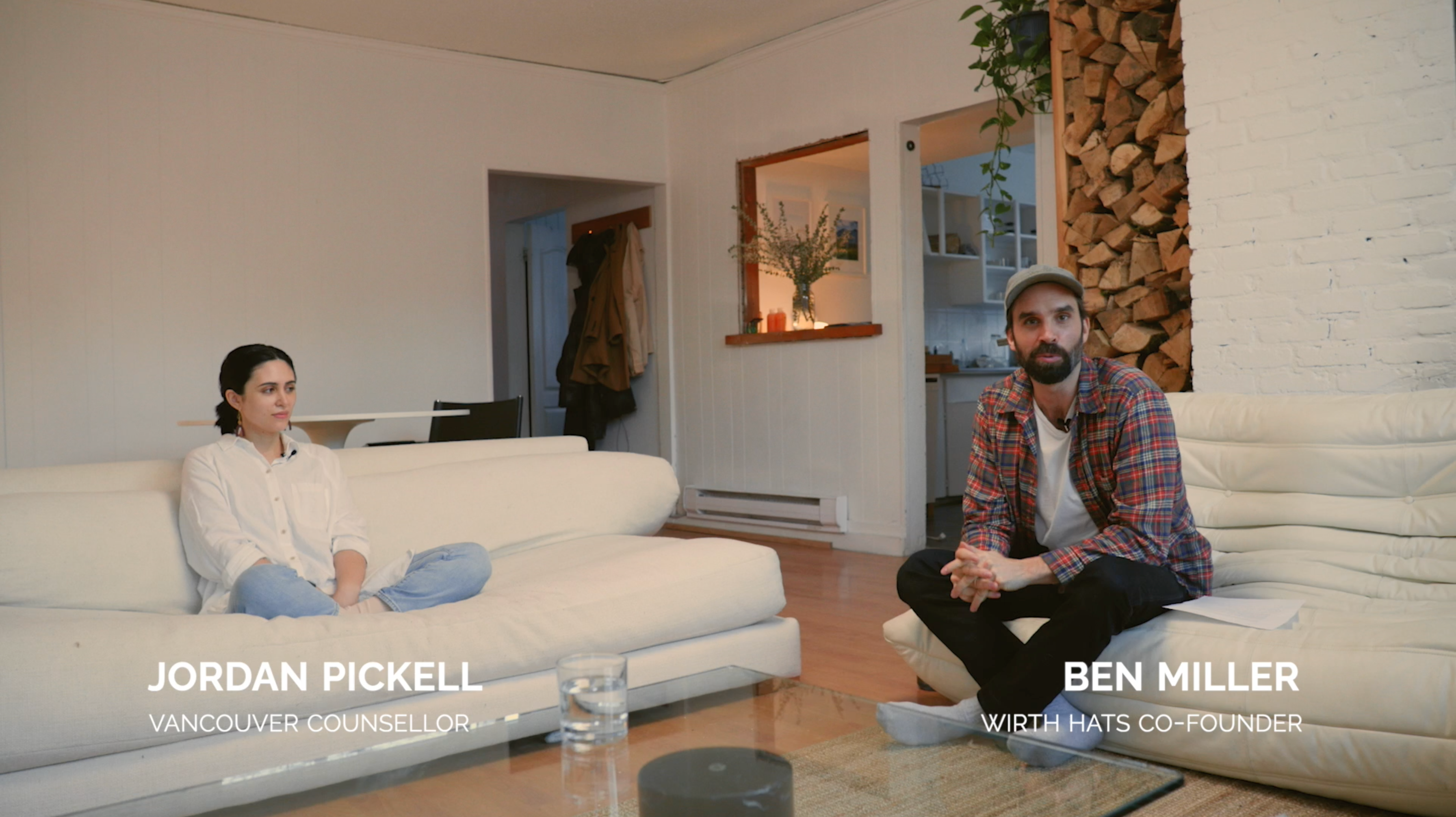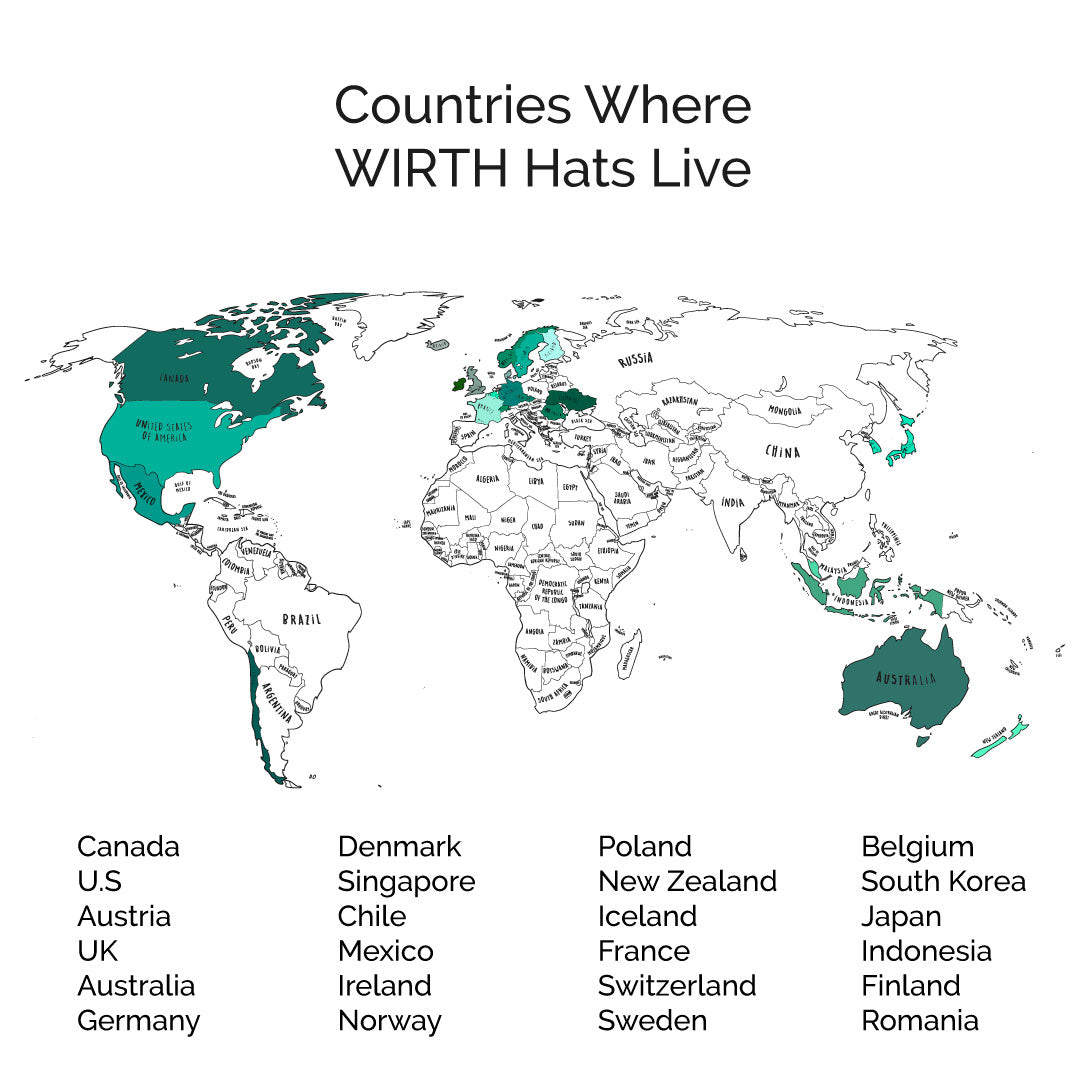
Wirth: A Reintroduction
When were you first introduced to Wirth? Was it through a friend, Instagram, or an event? Maybe it was even this article that brought you to Wirth. No matter your...
Wirthy News
Wirth: A Reintroduction
When were you first introduced to Wirth? Was it through a friend, Instagram, or an event? Maybe it was even this article that brought you...
It's time our industry makes mental well-being top of mind
Full Punch and WIRTH Hats join forces with an unconventional approach to improve mental well-being. One in four Canadians experience mental health problems. That's a...
WIRTH Hats Providing Mental Health Support to Canadians through Proceeds from Sales
Vancouver, BC: WIRTH Hats is excited to collaborate with TELUS Health to offer Canadians TELUS Health MyCare virtual counselling, so they can receive the support...
Why journaling is so great for your mental health
‘Whether you’re keeping a journal or writing as a meditation, it’s the same thing. What’s important is you’re having a relationship with your mind.’ -Natalie...
WIRTH Hats To Partner With Phare To Further Mental Health Support
Vancouver, BC: WIRTH Hats is excited to partner with Phare – a Vancouver -based organization dedicated to supporting convenient and affordable counselling services in the...
Conversations With Counsellors - Episode Seven: Jordan Pickell
We're excited to launch our seventh episode of Conversations with Counsellors featuring Jordan Pickell. We spoke with Jordan about: How do we know when we...
Mike's Optimally Efficient Gift Matrix
Earlier this year I noticed an individual buying quite a few WIRTH Hats on a variety of occasions, my first thought was this person really...
The WIRTH Hats Mental Health Self Care Guide
The WIRTH Hats Mental Health Self Care Guide is finally here! This guide has been in the works for a while now and we couldn't...
Countries Where WIRTH Hats Live
When we started WIRTH Hats in 2018 the goal was pretty simple, to get as many WIRTH Hats onto people's heads as possible. Our Co-Founder,...








